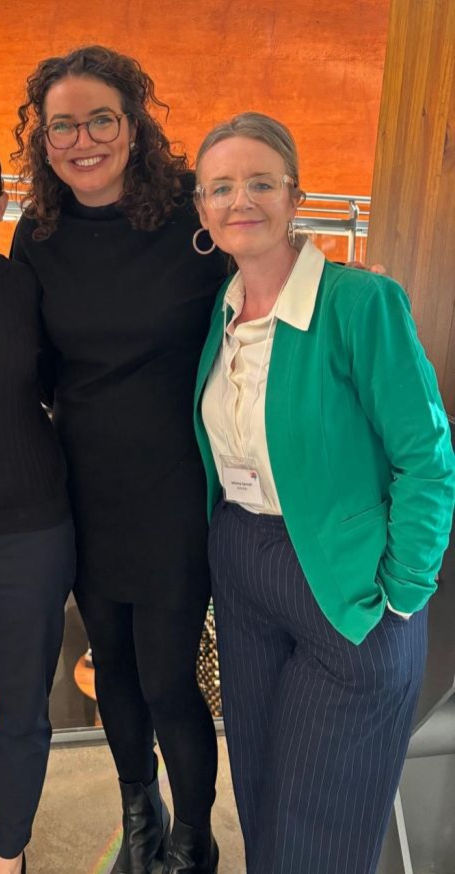Advancing Inclusion: Our Journey with the Aboriginal Disaster Risk Reduction Grant Program
- johannavalentine

- Jun 15, 2024
- 2 min read
Updated: Jul 6

A while ago, through diligent systems mapping, we made a critical observation: our grants program had no engagement with Aboriginal representatives. This gap was not just a minor oversight but a significant shortcoming in our efforts to ensure inclusive disaster risk reduction.
A national analysis of all disaster risk reduction grant projects across Australia, funded under the National Partnership Agreement, revealed an even starker reality. Out of approximately 360 projects, less than 5% were led by or involved Aboriginal representatives.
Recognising this disparity, and thanks to the support from the South Australian Fire and Emergency Services Commission (SAFECOM) directors and Chief Executive, we took decisive action.
We allocated over a million dollars to establish a specific Aboriginal Disaster Risk Reduction grant program aimed at improving engagement and inclusion. This initiative wasn't just about funding projects; it was about fostering genuine connections, learning from Aboriginal communities, and integrating their invaluable perspectives into our disaster risk reduction efforts.
Through this program, we funded seven projects, but the benefits extended far beyond the financial support. The connections we made, the new insights we gained, and the opportunity to collaborate closely with Aboriginal colleagues have been both professionally and personally rewarding. This initiative has reinforced the principle that everything is interconnected, a perspective deeply rooted in Aboriginal culture, and vital for comprehensive disaster management.
One of the recipients of this grant was the National Indigenous Disaster Resilience (NIDR) team. Their involvement has already proven to be transformative. They have enabled us to foster conversations—sometimes difficult ones—but necessary for progress. For many, these conversations are happening for the first time, breaking new ground in understanding and cooperation.

The projects funded under this grant program are diverse and impactful. They include community-led initiatives that blend traditional knowledge with contemporary disaster risk reduction practices, ensuring that strategies are culturally appropriate and effective. These projects also focus on capacity building within Aboriginal communities, equipping them with the skills and resources needed to manage and mitigate disaster risks effectively.
The journey so far has been enlightening. Working alongside the NIDR team and other Aboriginal colleagues has opened our eyes to new ways of thinking about disaster resilience. Their contributions have highlighted the importance of community-led approaches and the need to respect and incorporate traditional knowledge systems.
The relationships we've built and the lessons we've learned to date will guide us as we strive to create a more inclusive and effective disaster risk reduction framework. We are eager to see how these projects evolve and to share their successes and challenges with a broader audience. By embedding these principles into our practices, we hope to inspire other organisations to take similar steps towards inclusivity in emergency management. The path ahead is promising, and we are excited to walk it alongside our Aboriginal colleagues and communities, learning and growing together.
Thank you to all who have supported and participated in this journey. Your contributions are invaluable, and we look forward to continuing this important work together.























Comments